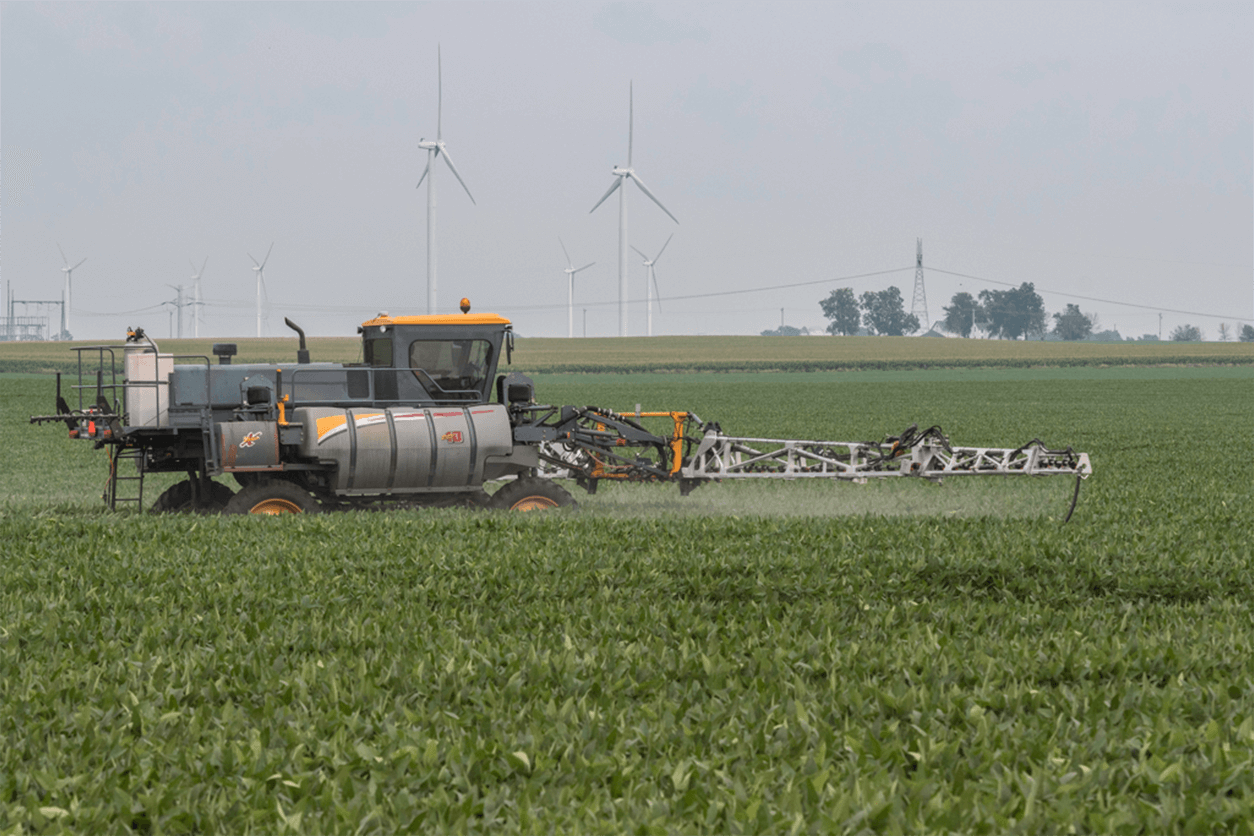By Pramod Acharya, Investigate Midwest
A total of about 400 different agricultural pesticides were used in the United States in 2017, the latest year data is available. More and more pesticides have been used because they “contribute to higher yields and improved product quality by controlling weeds, insects, nematodes, and plant pathogens,” according to the US Department of Agriculture.
However, the USDA noted, pesticides pose consequences for people’s health and the environment.
[Read More: Using Pesticides to Grow Food Is Harming Farmworkers and Children — And These Risks Are Being Ignored]
About 150 agricultural pesticides that the World Health Organization considers “hazardous” at some level to human health were used in the United States in 2017, according to a review of US Geological Survey data.
The geological survey estimated that at least one billion pounds of agricultural pesticides were used in 2017. Of that, about 60 percent — or more than 645 million pounds — of the pesticides were hazardous to human health, according to the WHO’s data.
Many “hazardous” pesticides that have been used in the US for decades are banned in many other countries.
Twenty-five pesticides that are banned in more than 30 countries were still used in the United States in 2017, according to an analysis of data from the US Geological Survey and the Pesticide Action Network International, which keeps track of banned pesticides around the world.
The action network’s data show that about 70 of the 150 hazardous pesticides used in the US are banned in at least one country.
For instance, phorate, the most used “extremely hazardous” insecticide in the US in 2017, is banned in 38 countries, including China, Brazil, and India. None of the “extremely hazardous” pesticides can be used in the 27 nations of the European Union.
[Read more: ‘Buy It or Else’: Inside Monsanto and BASF’s Moves to Force Dicamba on Farmers]
—
Investigate Midwest is an independent, nonprofit newsroom. Our mission is to serve the public interest by exposing dangerous and costly practices of influential agricultural corporations and institutions through in-depth and data-driven investigative journalism. Visit us online at www.investigatemidwest.org
Tell us in the comments:
- Does this data on pesticides surprise you?
- What steps do you take to protect yourself from pesticide exposure?
- What pesticide alternatives do you use at home or work?
Featured Image: Darrell Hoemann/Midwest Center for Investigative Reporting



